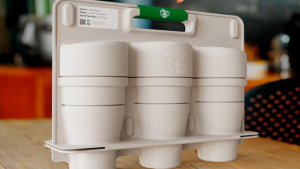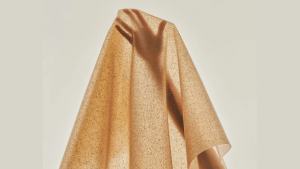The Future Food Design Awards were initiated by The Dutch Institute of Food & Design, Agri meets Design; and Food Cabinet to help shine a light on designers with innovative perspectives on food systems.
Last year's winners include Fernando Laposse with his project, Totomoxtle. Laposse’s project looked at a sustainable way to revitalise the traditional corn farming industry in Mexico by turning an otherwise discarded material, corn husks, into veneers. You can hear him talk about his project at our inagural Antenna, Design Indaba and Dutch Design Weeks’ global scan of the world’s best design graduates.
Voting is open for this year's nominees and you can read more about their projects below:
Alexandra Genis with Atoma
ATOMA is a collection of spices which create flavour using molecules to inspire consumers to explore and experiment with different flavour combinations.
ATOMA takes industrial molecules and adapts them for easy use in the kitchen. The project is aimed at demystifying industry while also preparing consumers for future scenarios of limited resources.
Adelaide Tam with 0.9 Grams of brass
This project is re-evaluating the value of life within the meat industry. The project consists of a vending machine that is made to question the representation of ethical value in contrast to monetary value.
The object sold from the machine is made from 09 grams of brass cartridge casings and costs the same price as the bullet that would have been used to take a cow’s life. It also costs the same amount as the cost of one cow’s life.
The resulting brass paperclip serves as a constant reminder of the loss of an animal’s life.
Kuang-Yi with The Tiger Penis Project
Bringing non-western perspectives to speculative design scenarios, this project proposes the use of emerging biotechnologies to create artificial animal parts for Chinese medicine.
In traditional Chinese medicine (TCM) the use of tiger penis is believed to increase virility. This has increased the demand for wildlife, posing a threat to endangered species.
Combining western and Chinese medicine and technologies, this new hybrid medicine prevents the future destruction of both animals and traditional cultures.
Read more on last year's winners:
Watch Fernando Laposse as he talks about his project, Totomoxtle during the inagural #antenna2017









